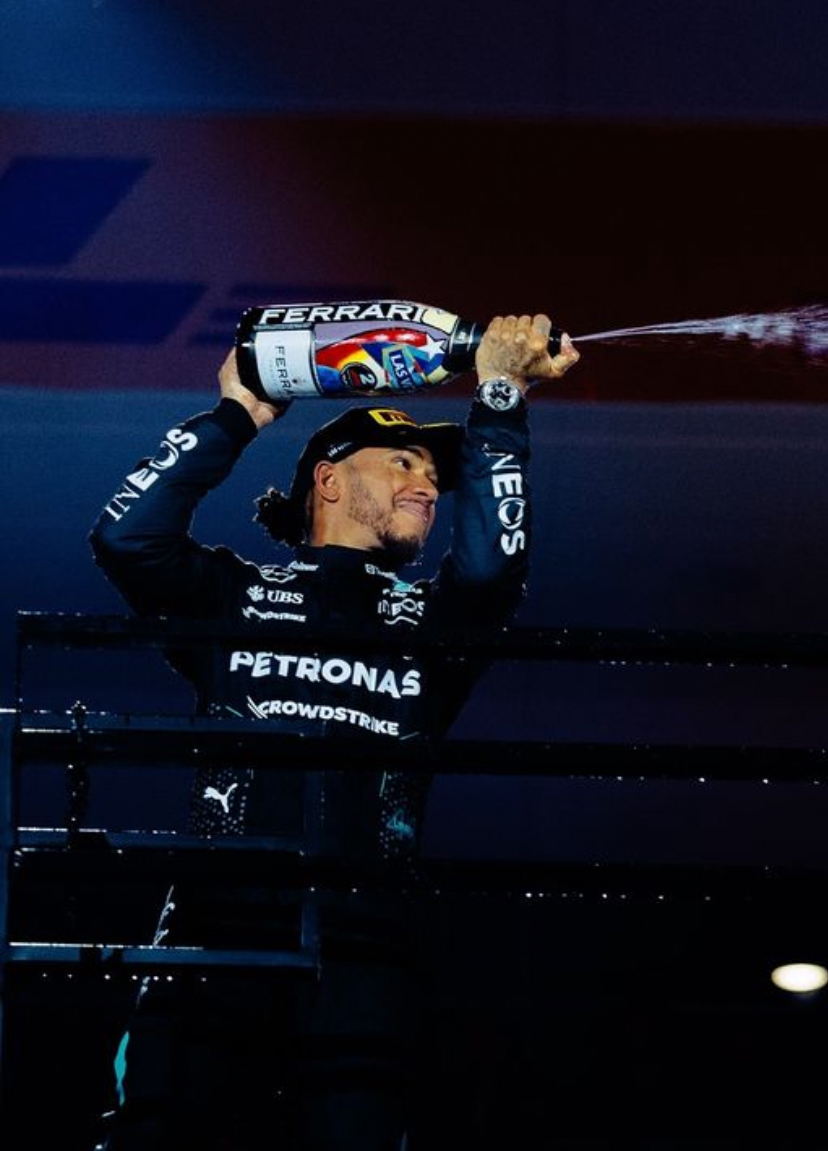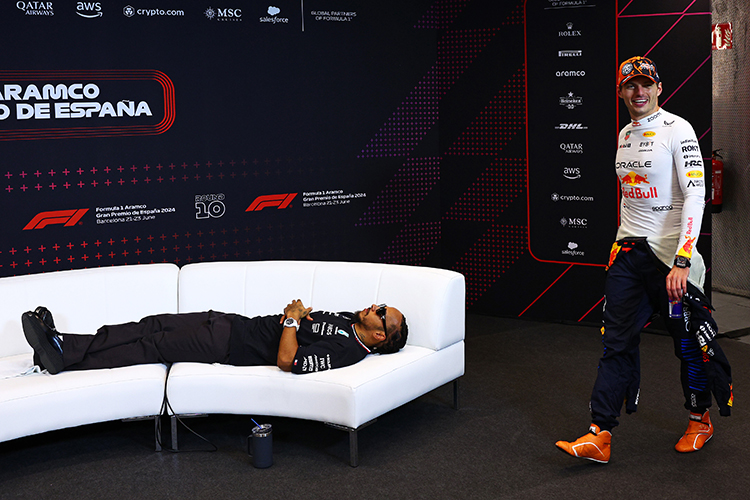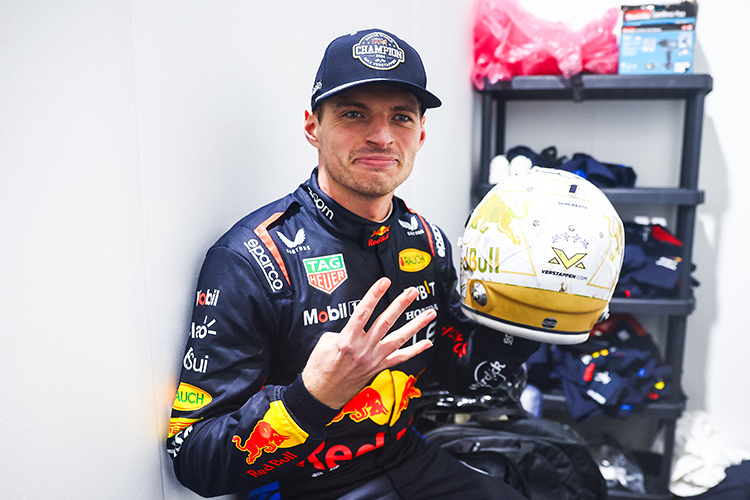How Communication is Handled Between Driver and Pit Crew During a Formula 1 Pit Stop

Formula 1 World Champions: A legacy of racing legends
How is communication between the driver and the pit crew handled during a stop?
Learn how communication between drivers and pit crews is managed during pit stops in Formula 1. Explore strategies, technologies, and challenges in F1 pit stop communication.
In Formula 1, where fractions of a second can decide races, communication between the driver and the pit crew is crucial—especially during pit stops. Effective pit stop communication relies on teamwork, technology, and trust, ensuring every detail is executed under immense pressure. Here’s a detailed look at how this seamless interaction is managed.
Pre-Pit Stop Communication
Strategic Decision-Making
The decision to pit often originates from the race engineers on the pit wall. They monitor real-time data like tire wear, lap times, weather conditions, and competitors’ strategies. The team relays this decision to the driver using clear, concise radio messages such as:
- “Box this lap.”
- “Stay out.”
The term “box” comes from the German word “boxen,” meaning pit stop.
Driver Feedback
Drivers also contribute to pit stop timing by providing feedback on tire performance and track conditions. For example, a driver might say, “The rears are gone,” signaling severe rear tire degradation and prompting a stop.
During the Pit Stop
Precision in Timing
As the car approaches the pit lane, the driver receives precise instructions to ensure smooth entry without exceeding the pit lane speed limit (usually 60-80 km/h, depending on the circuit). Messages like “Pit limiter on” guide this critical phase.
Pit Box Arrival
Drivers rely on visual markers or hand signals from the crew to position their car correctly in the pit box. Radio silence is typically maintained at this stage to allow maximum focus.
Live Updates
During the stop, the race engineer may provide real-time updates, such as:
- “Hold position, releasing in 3…2…1.”
These cues help the driver time their departure precisely, ensuring a safe and efficient return to the track.
Post-Pit Stop Communication
Rejoining the Track
After exiting the pit lane, the team alerts the driver to traffic and race conditions. Key messages might include:
- “Traffic on exit, keep left.”
- “You’re clear, push hard.”
Strategic Adjustments
Engineers may immediately communicate updates on race position or strategy. For instance:
- “P6, undercut on Perez possible. Push on out lap.”
The Role of Technology in Communication
Modern Formula 1 teams rely on advanced technology to ensure flawless pit stop communication:
- Team Radios: Drivers and engineers use encrypted radio systems to prevent rival teams from intercepting conversations.
- Data Transmission: Telemetry data sent from the car to the pit wall offers insights into tire temperatures, brake conditions, and fuel levels, complementing verbal communication.
- Pit Boards: Traditional pit boards serve as a backup communication method in case of radio failure.
Challenges in Pit Stop Communication
Pit stops are fraught with challenges that demand exceptional coordination:
- Noise Levels: The roar of engines and bustling pit lanes can obscure radio messages. Noise-canceling headsets and concise instructions help mitigate this issue.
- Pressure and Speed: With pit stops lasting just 2-3 seconds, any miscommunication can result in costly errors, such as unsafe releases or incomplete tire changes.
- Dynamic Situations: Sudden race developments, like a Safety Car deployment, require instant decision-making and clear messaging.
Iconic Pit Stop Examples
Successful communication has played a pivotal role in Formula 1’s most memorable pit stops:
- Red Bull Racing’s Record Stops: Known for their sub-2-second stops, Red Bull’s success relies on impeccable communication and execution.
- Lewis Hamilton, 2020 Turkish Grand Prix: Mercedes’ strategic decision, based on Hamilton’s feedback, to extend his stint on worn tires secured a historic victory in wet conditions.
When Communication Fails
Even top teams are not immune to communication breakdowns:
- Felipe Massa, 2008 Singapore Grand Prix: A miscommunication led Massa to leave the pit box with the fuel hose still attached, ruining his race.
- Sebastian Vettel, 2017 Azerbaijan Grand Prix: Confusion over pit strategy during a Safety Car period cost Vettel valuable time.
Conclusion
In Formula 1, pit stop communication is a finely tuned process that combines teamwork, technology, and trust. By delivering concise instructions, real-time updates, and adapting to dynamic circumstances, teams ensure these high-pressure moments can make the difference between victory and defeat. The art of pit stop communication remains a cornerstone of success in the world’s fastest motorsport.
Up Next


